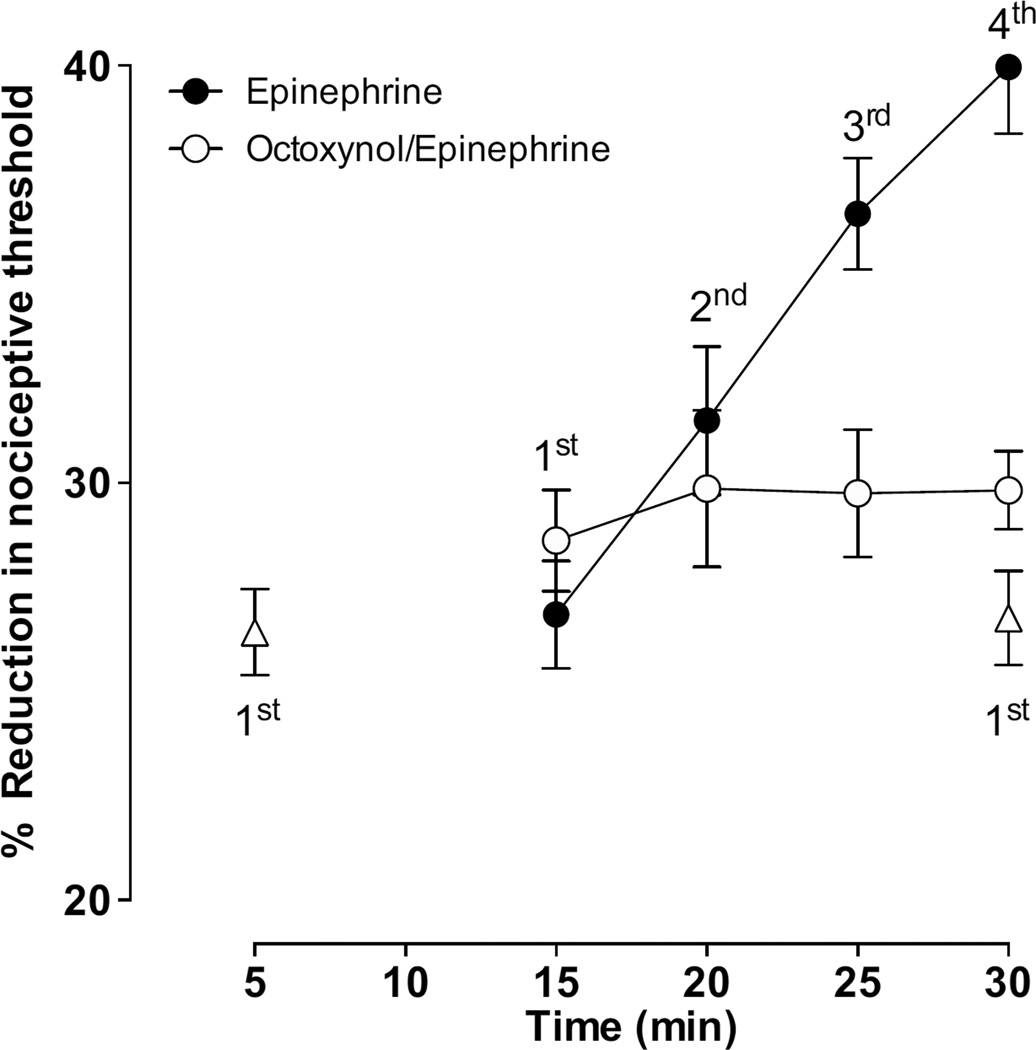Figure 1. Effect of octoxynol-9 on epinephrine-induced mechanical hyperalgesia and stimulus-induced enhancement of epinephrine hyperalgesia.
Intradermal administration of epinephrine (100 ng) produced mechanical hyperalgesia (P < 0.001, n = 8). Hyperalgesia reached at 5’after epinephrine administration (single reading) was similar to that observed after a single reading at 30’ measured in a separate group of rats (triangular symbols). Repeated readings (15–30’) of paw withdrawal thresholds at 5 min intervals, caused enhancement of hyperalgesia (further decrease in paw withdrawal threshold on repeated application of the threshold stimulus). Intravenous administration of octoxynol-9 (0.5%, V/V, 1 ml/kg) 15 min prior to epinephrine, abolished stimulus-induced enhancement of epinephrine hyperalgesia (P < 0.001, two way repeated measures ANOVA followed by Bonferroni post test, comparing results within and between groups at different time points, n = 8/group) without affecting the epinephrine hyperalgesia.

